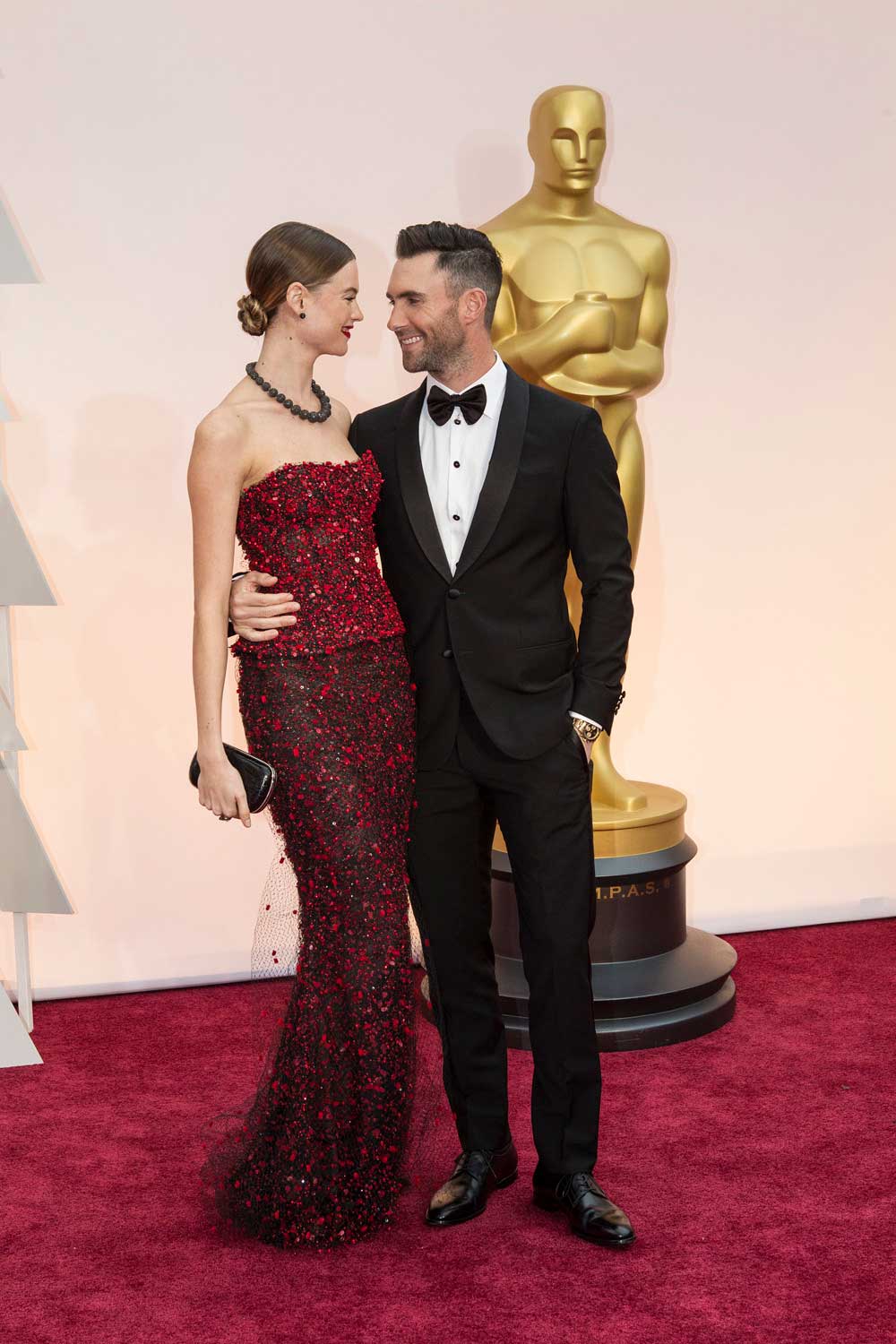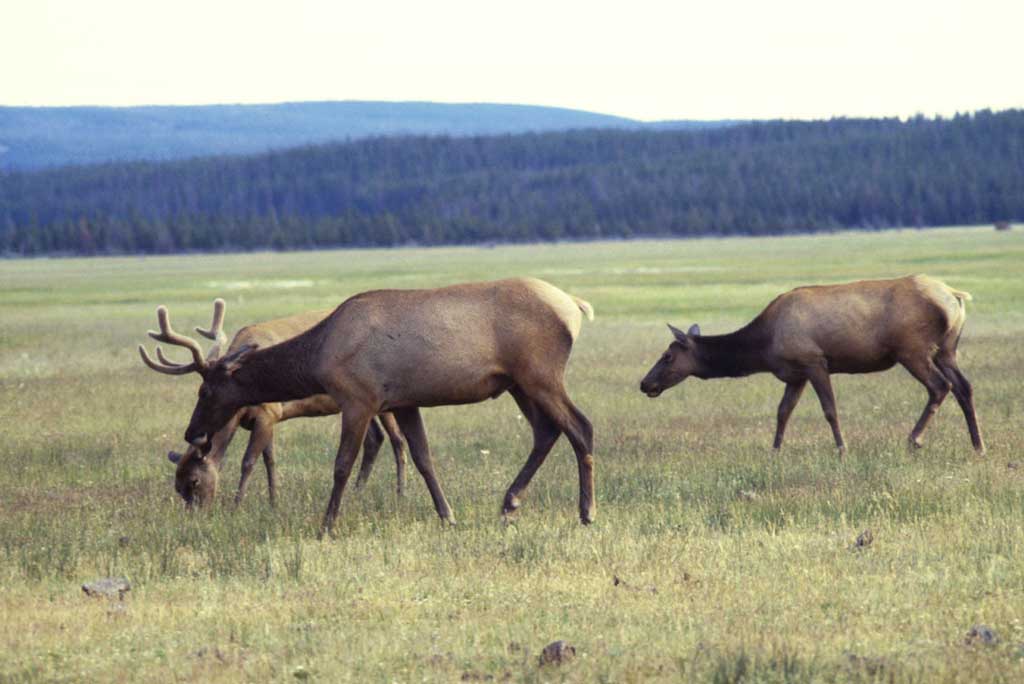5.6: Digital Media in Presentations
- Page ID
- 86189
Ethical Use of Digital Media in Presentations
What Is Ethical to Use in Presentations?
When you need to use visual or digital media for an assignment or presentation, it is best to use Creative Commons licensed (CC BY) orPublic Domain marked (PDM) sources to avoid copyright infringement. You can also use your own media , that you personally created, and give it a CC-BY license. If your presentation is going to be face-to-face and inaccessible online, you might be able to claim Fair Use for copyrighted media, but there are strict guidelines that you must follow as stated in your assigned reading.
Where to Find CC BY and PDM Images
Many search engines, like Google and Bing, enable you to filter results by usage rights—particularly for images. There are content-specific websites, like YouTube and Flickr, which allow you to narrow results by license permissions, too. Similarly, the Creative Commons website has a search feature that helps you find CC BY or public domain media through multiple independent sites. You can also add the CC Search plugin to your browser. In general, look for copyright licensing information on media websites and follow their guidelines. (1)
Table 3‑1: CC BY and PDM Sources for Digital Media (1)
Types of Digital Media
Creative Commons (CC)
Music & Audio — dig.ccMixer | Freesound
Video & Footage — YouTube (filter results to CC)
Images — Flickr (filter results to CC)
All media — Wikimedia Commons
Public Domain (PDM or CC0)
Music & Audio — PD Info | Free PD
Video & Footage — Pixabay Video
Images — Flickr: The Commons | Pixabay
All media — Pond5 (filter results to PD)
Content by Florida State College at Jacksonville is licensed under CC BY 4.0 .
Attributing Media in Presentations
First, let’s clarify attribution and citation . As you learned earlier, different disciplines have different citation conventions. Both MLA and APA styles have specific guidelines for visual and audio media citations. You should always cite sources that you use in your research. In a Power Point presentation, this would typically be a Works Cited or References slide at the end. You would use in-text or parenthetical citations as appropriate in other slides.
An attribution is used to give credit to the creator of an image or other digital content. There isn’t one correct way to give an attribution, but there are best practices. Often, the creator will specify on their website how they wish for you to give attribution.
Creative Commons has also developed best practice guidelines when crediting digital media sources. For example, you will notice that images in this Learning Unit have a source link and a link to the license deed in the caption.
In addition to a bibliography slide, you could provide an “Image Credits” or “Attributions” slide at the end that lists all of the media used in the presentation. This would allow for a longer citation that the creator requested, and could be used in addition to (or) in lieu of the brief caption attribution.
Questions to Ask Before Using Media in Presentations
- Who took the image?
- Are you allowed to use it?
- How should you attribute it in a presentation?
Example: Image with Creative Commons Attribution
Select the image to reveal its Creative Commons attribution.


- Authored by: Florida State College at Jacksonville. License: CC BY: Attribution
- Behati Prinsloo & Adam Levine. Authored by: Disneyu00a0|u00a0ABC Television Group. Located at: https://www.flickr.com/photos/disneyabc/16430925178/in/photolist-r2WMBq. License: CC BY-ND: Attribution-NoDerivatives
- Three Elk. Authored by: Jim Leupold. Located at: https://commons.wikimedia.org/wiki/File:3Wapitis.jpg. License: Public Domain: No Known Copyright

